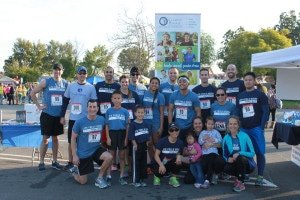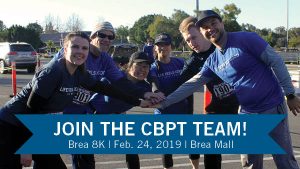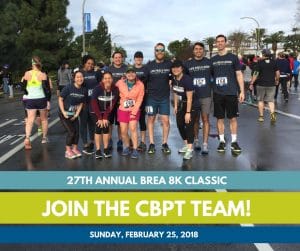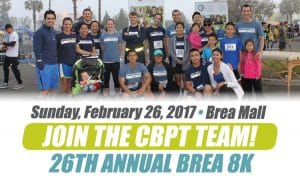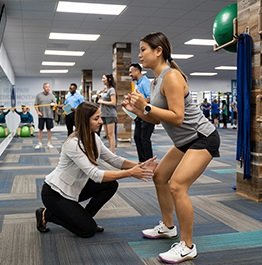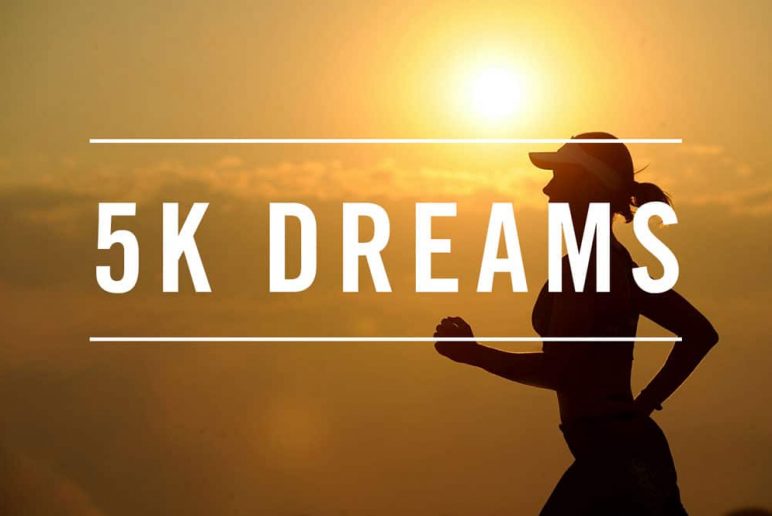
5K Dreams: 3 Tips for Injury Prevention
January 27, 2015For a lot of us the start of a new year causes us to focus on getting back in shape. Some of us make trips to the gym, endless weekend warrior sessions on a basketball court, or start up a 3 month program with a home based DVD program. For a lot of us though, it’s the dream of becoming a runner: 5K, 10K, ½ marathon or marathon. Whether you are going at it cold turkey, using a Couch to 5K program, Galloway method, Higdon Method, or a running group, the last thing you need is problems with your feet. From blisters to plantar fasciitis, many obstacles can arise. However, there are steps we can all take to help avoid these setbacks.
Here are some quick tips on how to avoid common problems – THE 3 S’S
1. Shoes:
Your shoes need to be properly fitted based not only on the size of your foot, but also on the width and shape of your foot. From flat arches to high arches, most athletic shoe companies make a wide variety of styles to help support your specific shoe type. Be sure to go to a specialty store to be fitted properly. And since models change every year, if you find a shoe you absolutely love, buy a few pair. Remember, these are your running shoes. They are not for everyday wear. Lastly, shoes have an expiration date. Just like the tires on your car, your shoes should be replaced once the support structures have failed. Replace your shoes every 300 to 500 miles.
2. Socks
Socks are an item we all have in our drawers but don’t think too much about. However, we might as well use current technology to our advantage. Common cotton socks are some of the worst things we can wear while exercising over a prolonged period of time. They rub, retain water, and can cause blisters and skin irritation. As the husband of a distance runner, the best product I have seen are Balega. They are amazing: seamless so they don’t cause blisters, have ventilation zones to help your foot breathe, and come with cushioning for impact support. Yes, for a pair of “socks” they are pricey. But it is a great investment if you are serious about running.
3. Stretching:
Stretching is a very important aspect of any fitness program. It helps alleviate soreness after exercise, helps to prevent injury, and also decreases the stresses on your joints. However, things stretch better once you are warm. So, best advice, warm up a little prior to your run (could be as simple as a few minutes of jumping jacks or a quick 3 minute jog) and then stretch. Also, be sure to get in a post-workout stretch as well.
Following these simple tips can save you from a lot of frustration as you venture into running. Do you have any other tips for those getting started?
(*Did you know the 1st person to run a Marathon was a Greek soldier named Pheidippides who ran 26.2 miles to from the Battle of Marathon to Athens to let the Greeks know of their victory over the Persians. What is often forgotten in this story is that he collapsed and died after delivering his message. Why do we run these again??)
Reader Interactions
Leave a comment
You must be logged in to post a comment.
